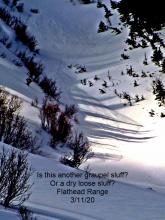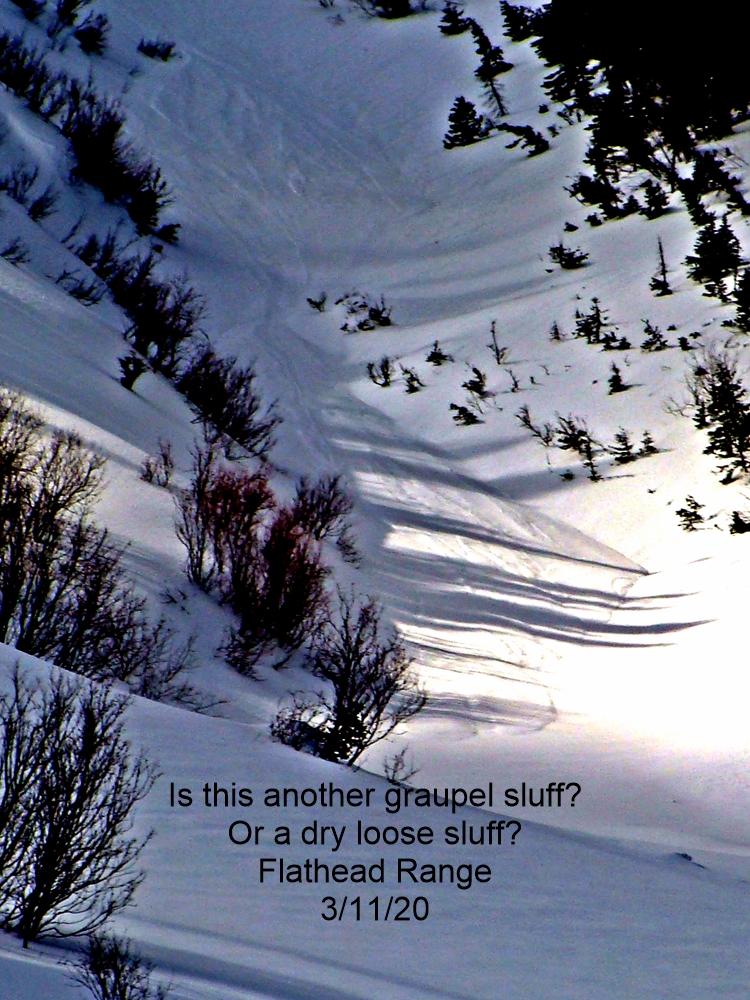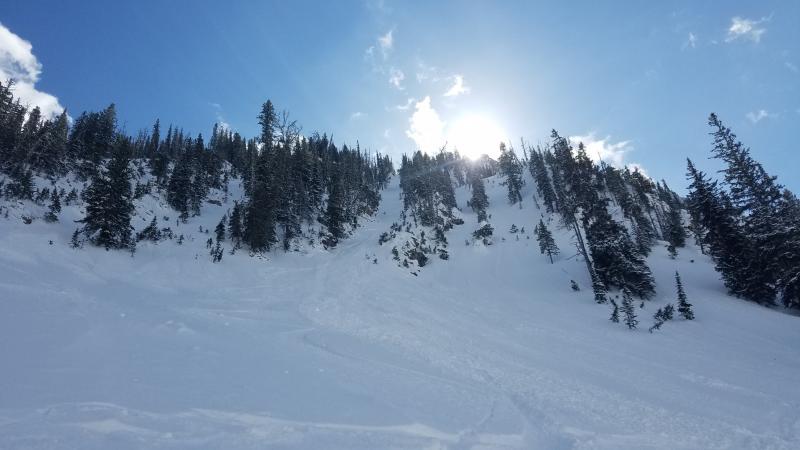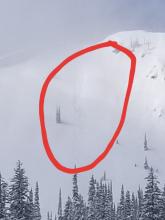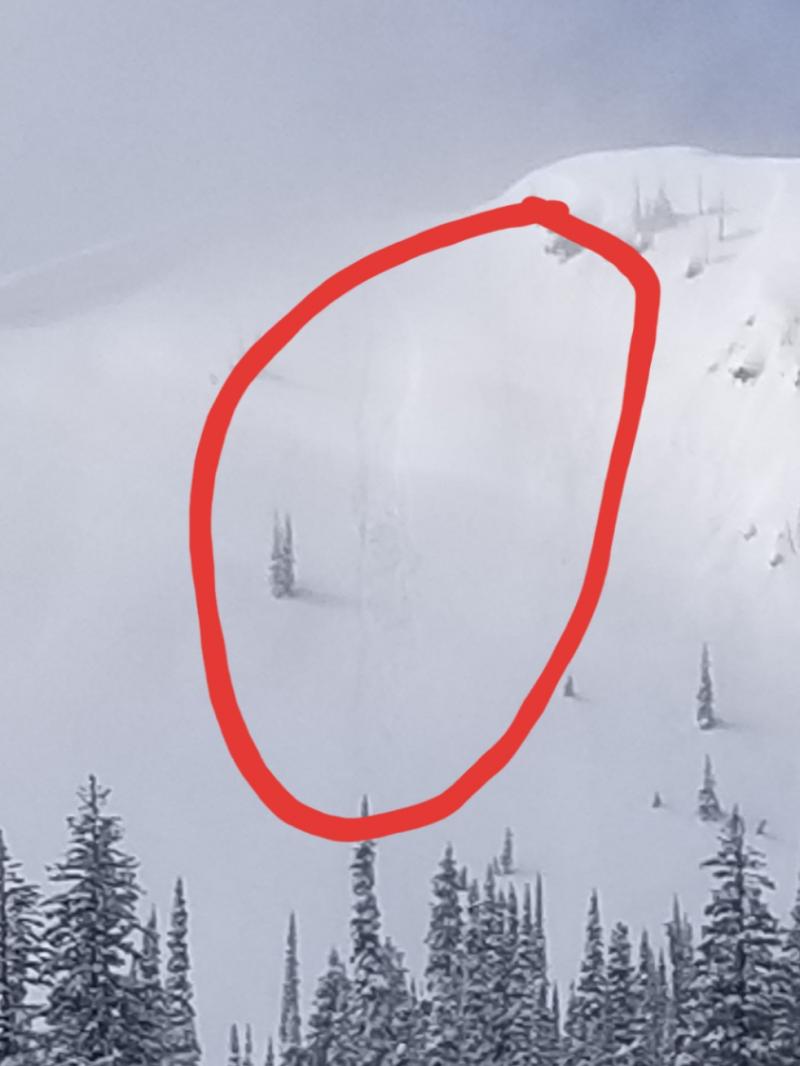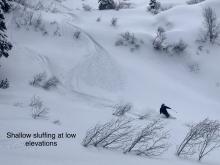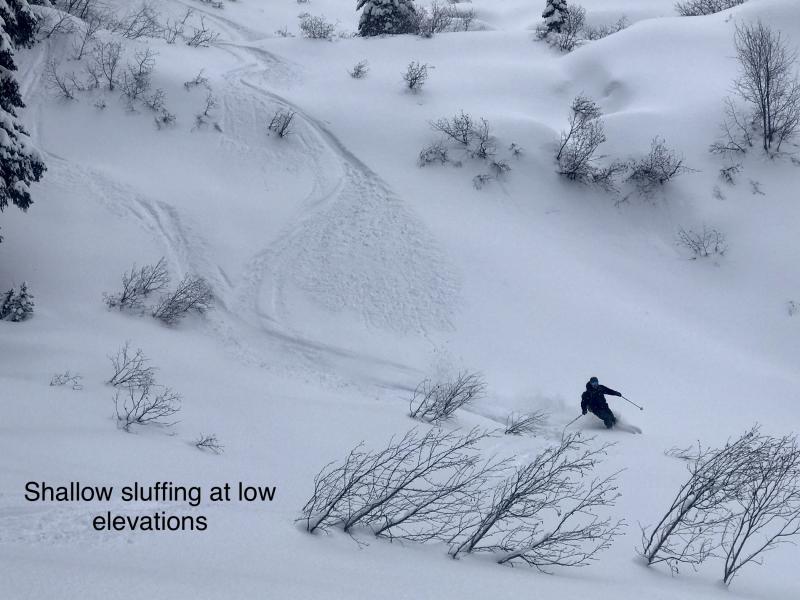| Saturday | Saturday Night | Sunday | |
|---|---|---|---|
| Cloud Cover: | Light snow begins mid-day, increasing into the evening. | Light/moderate snow continues. | Transition day before another storm rolls in later in the evening. |
| Temperatures: | 21-29 deg. F. | 14-24 deg. F. | 27-35 deg. F. |
| Wind Direction: | SW-SE | S | SW |
| Wind Speed: | 4-5 | 5-6 | 6-9 gusts 20 |
| Snowfall: | 2-3 in. | 3-6 in. | 0-1 in. |
| Snow Line: |
Whitefish Range
Swan Range
Flathead Range and Glacier National Park
How to read the forecast
We received reports of both natural and human triggered avalanches in the past two days. Dangerous avalanche conditions exist again today. The danger is CONSIDERABLE above 5000 feet, and human triggered avalanches are likely. Continue to choose conservative terrain and carefully evaluate the snowpack before committing to a slope. Below 5000 feet the avalanche danger is MODERATE.

3. Considerable
?
Above 6500 ft.
3. Considerable
?
5000-6500 ft.
2. Moderate
?
3500-5000 ft.
- 1. Low
- 2. Moderate
- 3. Considerable
- 4. High
- 5. Extreme
-
Type ?
-
Aspect/Elevation ?
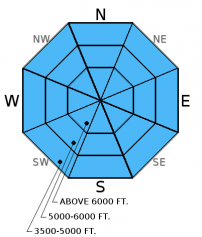
-
Likelihood ?CertainVery LikelyLikelyPossible
 Unlikely
Unlikely -
Size ?HistoricVery LargeLargeSmall

The recent storm brought abundant new snow and formed storm and wind slabs on a variety of surfaces like surface hoar, crusts, and weak, faceted snow. Storm slabs are usually quick to settle and wind slabs are not too far behind, but when they form on persistent weak layers instability can last for days, weeks, or even months. Surface hoar from early January and near surface facets exist throughout the advisory area though the distribution is somewhat spotty. These weak layers are now 1.5 to 4 feet deep after this storm. On Wednesday, many parts of our advisory area received freezing rain from valley floors to upper elevations. This crust was likely the bed surface of a skier triggered slab yesterday in the southern Whitefish Range, and surface hoar was the failure layer for natural and human triggered wind slabs in southern Glacier Park on Thursday. Surface hoar is notorious for propagating long distances across and up a slope. Avoid steep, open slopes and convexities and look for obvious signs of instability like recent avalanche activity, shooting cracks, and whumpfing.
-
Type ?
-
Aspect/Elevation ?
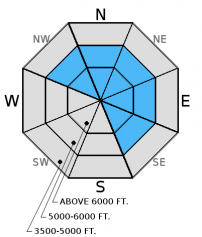
-
Likelihood ?CertainVery LikelyLikelyPossible
 Unlikely
Unlikely -
Size ?HistoricVery LargeLargeSmall

Recent wind slabs formed on top of a variety of surfaces including sun crusts, freezing rain crusts and buried surface hoar. BNSF Avalanche Safety intentionally triggered a wind slab on Thursday on a test slope and observed recent natural wind slab activity on easterly and northerly aspects. Wind slabs will be thicker in the precipitation favored Swan Range and in areas near the Continental Divide where wind speeds have been stronger. Look for smooth, rounded features on the slope especially on steep convex rollovers, on leeward sides of ridges and cross-loaded gullies. Wind slabs could be over 4-5 feet thick making them very dangerous.
-
Type ?
-
Aspect/Elevation ?
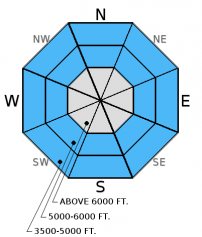
-
Likelihood ?CertainVery LikelyLikelyPossible
 Unlikely
Unlikely -
Size ?HistoricVery LargeLargeSmall

In areas where a slab did not form within the recent storm snow and the surface remains unconsolidated, keep in mind the potential to trigger loose, dry avalanches. They are easy to manage by staying uphill of the sliding snow, but they can entrain a lot of snow and pack a big punch, particularly if the effect is enhanced by terrain traps like narrow gullies, trees, and cliffs.
Tricky conditions with buried surface hoar. Surface hoar has been observed in all ranges throughout the advisory area, but not on all slopes. This makes it tricky. Some slopes (or even parts of one slope) may avalanche on this layer and others may not. The nature and distribution of this weak layer requires cautious route-finding and conservative decision making.
Deeper layers in the snowpack like the December 9 rain crust and weak snow near the ground in areas with a shallow snowpack are unlikely to be awakened during this storm, but it's not impossible. As you dig deep into the snowpack you will encounter the remnants of the December 9 rain crust. This crust/ice mass is a good landmark to monitor as the season progresses.
An avalanche accident occurred in the St. Regis Basin area Wednesday along the Idaho/Montana border near Lookout Pass. This area is within the Idaho Panhandle National Forest Avalanche Center advisory area. Injuries were sustained, but there were no fatalities. Our thoughts go to all involved for a swift recovery.
Yesterday on the south side of Ghoulies outside of the ski area boundary in the southern Whitefish Range a party of skiers triggered multiple avalanches that were reported as 16 inches deep. One skier was caught and carried through the trees, and luckily only sustained minor injuries. BNSF Avalanche Safety reported a natural avalanche in the Java Creek drainage in the Flathead Range (photo). Another natural avalanche was observed on Doris Ridge in the Swan Range.
We were in the Lost Johnny and Doris Creek drainages in the Swan Range and found up to 2.5 feet of recent, unconsolidated snow at low elevation. Though the rain that came with the arrival of the system began to decompose buried surface in the mid-elevation band, it was still present in the snowpack.
Thursday, Erich easily triggered a storm slab (12-16 inches deep and 50 feet wide) from the top of a flat, safe ridge just east and outside the boundary of Whitefish Mountain Resort (video, photo). The slab failed on the freezing rain crust that formed Wednesday (1/12/2016).
Also, on Thursday in John F. Stevens Canyon in southern Glacier NP, BNSF Avalanche Safety observed 3 natural wind slab avalanches and intentionally triggered another on a test slope (photo, observation). The deepest part of the slab was 50 inches deep and failed on buried surface hoar.
Skiers in the Swan Range Thursday stated they stuck to low angled slopes in tight trees, but experienced collapsing (whumpfing) of the snowpack numerous times. They also observed shooting cracks and sensitive storm slabs on small, steeper rollovers (observation).
In the Marion Lake/Dickey Creek area of the Flathead Range Wednesday Erich observed active wind loading and a developing wind slab on near surface weak layers (observation, video). Wednesday, skiers in the southern Whitefish Range found buried surface hoar about 4-5 inches below the surface, and noted localized shooting cracks on this layer (observation). Skiers in the Skyland area yesterday found buried facets a few inches below the surface and recent wind slab activity on Slippery Bill Mountain (observation).
Thanks to everyone for submitting observations. They are extremely useful for everyone.
Visit our Observations page and our You Tube channel for more observations from the entire season.
Please let us know what you are seeing out there. Your observations are important and valued.
HOW TO SUBMIT OBSERVATIONS:
Email: [email protected]
Call and leave a message: 406.387.3821
You can also submit quick observations via text: 406.241.4571 (FAC mobile)
OR
Submit Snowpack Observations: http://www.flatheadavalanche.org/node/add/snowobs
Submit Avalanche Observations: http://www.flatheadavalanche.org/node/add/avyobs
Weather over the past 24 hours has been pretty boring compared to the previous period. Wind speeds decreased and were out of the west and southwest at 4-6 mph with gusts to 15 mph. We picked up an additional 1-3 inches of snow. Currently, temperatures above 6000 feet range from 15º-22º F and winds are 3-5 mph with gusts to 10 mph out of the southwest. Today, winds will blow out of the southwest and southeast at 5-10 mph with gusts in the 20s on high ridges. Temperatures will climb to the mid 20s F and light snow is expected to begin mid-day and increase into the evening.
| 0600 temperature: | 15-22 deg. F. |
| Max. temperature in the last 24 hours: | 18-24 deg. F. |
| Average wind direction during the last 24 hours: | SW |
| Average wind speed during the last 24 hours: | 3-6 mph |
| Maximum wind gust in the last 24 hours: | 8-15 mph |
| New snowfall in the last 24 hours: | 0-3 inches |
| Total snow depth: | 53-77 inches |
This advisory applies only to backcountry areas outside established ski area boundaries. This advisory describes general avalanche conditions and local variations always occur. This advisory expires at midnight on the posted day unless otherwise noted. The information in this advisory is provided by the USDA Forest Service who is solely responsible for its content.

























